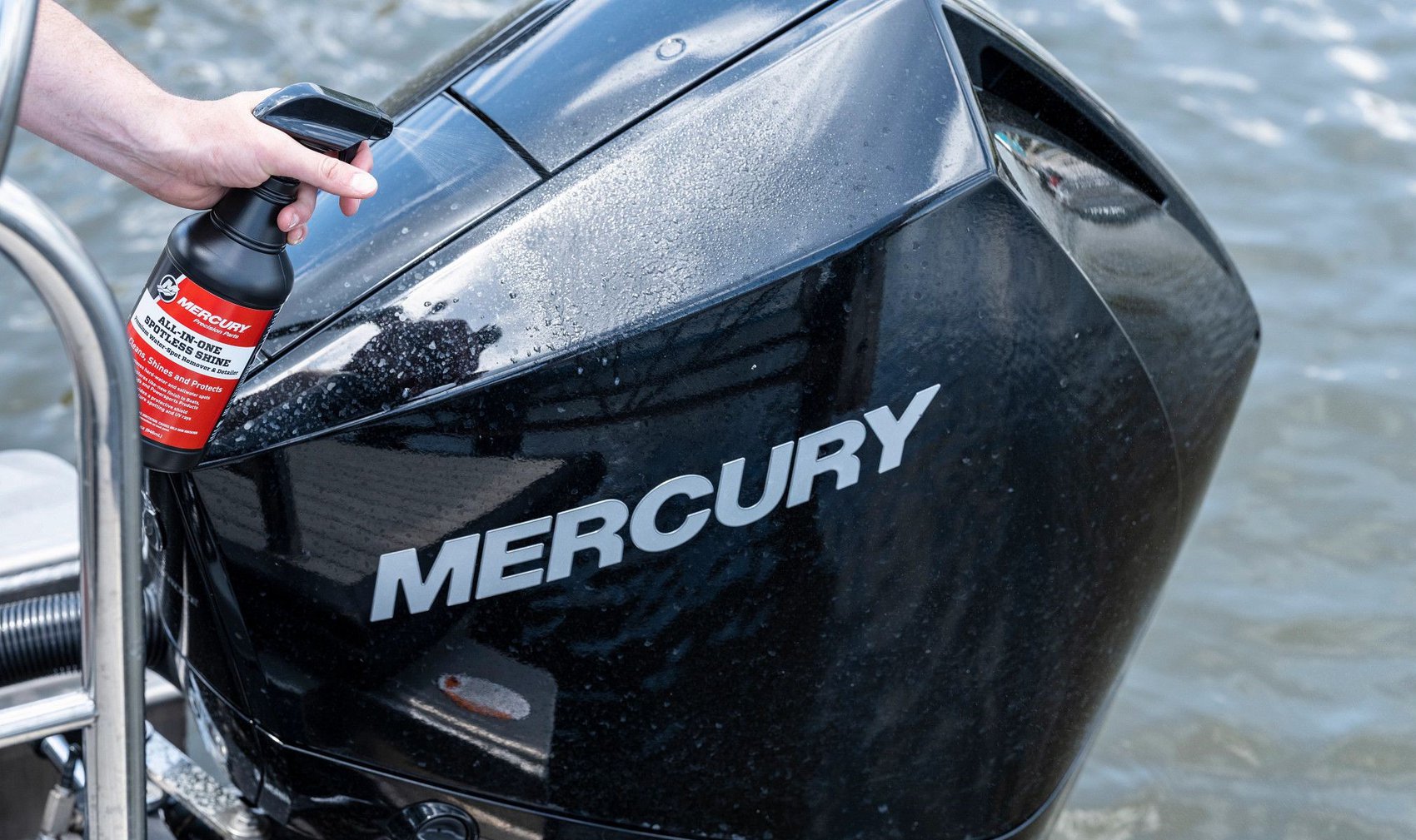Battery power is a critical component in the overall performance of a boat for any activity on the water. From cranking up your outboard to operating integrated digital technologies and marine electronics, not much happens without a reliable source of electrical power.
The simplest way to make sure you have the proper batteries installed in your boat is to consult a Mercury Marine authorized dealer. Understanding the basics before you do will better prepare you to communicate your wants and needs.
This quick rundown of the fundamentals should get you started. It was assembled with help from marine battery expert Menno Ligterink, OEM sales manager at Power Products®, which manufactures Mastervolt® batteries and electrical accessories.
Battery Applications
For marine use, batteries typically fulfill one of three applications: starter, traction or semi-traction. Using the wrong type for any application can greatly reduce a battery’s performance and life span.
Life span is measured in cycles. One complete cycle takes place when the battery’s available power is depleted and then recharged to full.
Starter batteries – A starter battery delivers a high start-up current over a short period of time for firing up the engine, then is quickly recharged by the boat’s alternator. It’s designed for short, intense bursts of power that use small amounts of the battery’s storage capacity.
Traction batteries – A traction battery is designed to gradually deliver much more current over a longer period for deep-cycle applications, where most of the battery’s available power is used before it is recharged. A traction battery can also withstand many repeated cycles. Powering a trolling motor is a job for a traction battery.
Semi-traction batteries – A semi-traction battery is a dual-purpose solution that can be used for starting or cyclic applications. A common use would be as a starter battery that also powers a multi-function display.
Lead-Acid Battery Types
Most marine batteries are the lead-acid type. Within the battery housing they contain a series of lead plates surrounded by an electrolyte solution, which includes sulfuric acid. The configuration and size of the plates and specific type of electrolyte solution used determine the characteristics of the battery, its best applications and the amount of necessary maintenance.
Wet-cell batteries – In a wet-cell lead-acid battery, the acid is mixed with water and circulates around the lead plates. Over time, as the battery is discharged and charged, the water will evaporate. It must be periodically refilled with distilled water.
Traditional wet-cell batteries are affordable and still very common as starter, or “cranking” batteries. Properly cared for, they can deliver years of effective use. They’re not ideal as traction batteries, however, and using one for repeated deep-cycle applications will greatly shorten its life span and result in poor performance.
AGM batteries – An absorbed-glass-mat (AGM) battery is a type of dry-cell lead-acid battery. It has the same chemistry as a wet-cell battery, but the electrolyte solution is absorbed into a fiberglass mat that rests against the lead plates. It’s considered maintenance-free because there’s no need to top off with water.
AGM batteries, while more expensive than wet-cell batteries, are very common in the U.S. market for semi-traction applications. However, because the fiberglass mats “blanket” the lead plates, AGM batteries are more sensitive to heat, which can make them less efficient for some applications or in warmer climates. Your dealer can advise on specific limitations.
Gel batteries – Like an AGM battery, a gel battery is a dry-cell, maintenance-free type. The electrolyte solution is incorporated into a substance with a similar consistency as hair gel.
Gel batteries can shed heat more easily than AGM batteries because the gel is a superior heat conductor. They’re superb for deep-cycle applications. The tradeoff is cost. Gel batteries cost 20% to 30% more than AGM batteries.
Volts and Amp Hours
The key to choosing properly sized boat batteries is understanding the electrical requirements of the equipment you need to power. For instance, trolling motor batteries for many fishing boats operate on 12-, 24- or 36-volt systems. To power a 24-volt system, as an example, the most common setup is to connect, in series, two 12-volt batteries that are designed for deep-cycle or traction use to achieve the necessary power.
Manufacturers of marine accessories also generally recommend a minimum amp-hour (Ah) rating for batteries. The Ah rating indicates the number of amps a battery can discharge over a given amount of time. Understanding the intricacies of Ah requires a deeper understanding of battery technology that is beyond the scope of this article. The best advice for most consumers is to review the minimum Ah rating recommended by the manufacturers of the devices you want to power, then rely on your battery dealer for advice.
Group Size
In the United States, batteries are often classified by group size, which indicates the dimensions of the housing and the battery capacity. The larger the group number, the bigger and more powerful the battery. It’s a helpful system for making sure you have the right amount of power and can fit the batteries within the available space in a boat’s compartments.
When considering group size, it’s generally recommended to choose a larger battery over multiple smaller batteries when selecting a battery bank. Using multiple batteries is less efficient and can lead to other issues. But sometimes that’s the only option.
Be Prepared
Shopping for batteries can be as complex as you want it to be. If you’re a dedicated DIYer and want to rig your own power center, it pays to research the intricacies of your electronics and the latest battery technologies before you buy. For everyone else, arm yourself with critical information such as the types of activities you plan to participate in on the water, the battery applications you need to fulfill and the level of maintenance you’re willing to invest. Your marine battery dealer will use this information to help you find a product that fits your needs and budget.




